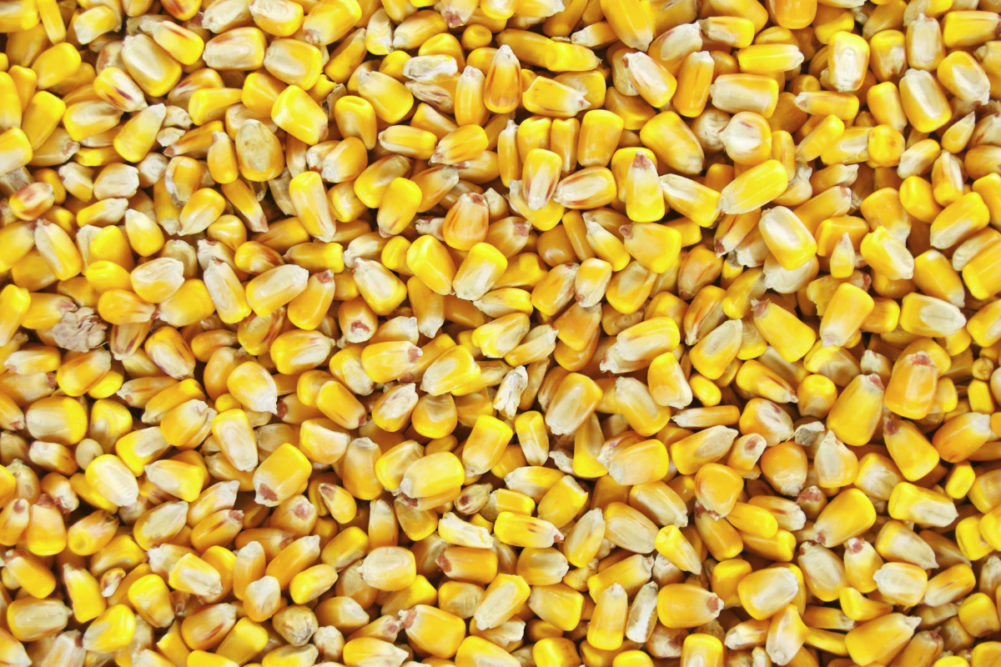WASHINGTON, DC, US — US corn outperformed products from other origins in the second year of the Corn Origins Report by the US Grains Council (USGC).
The study found that birds fed diets with US corn consumed less feed throughout the entire grow-out phase compared to those fed Argentinian or Brazilian corn. The lower feed conversion rates translated into significant long-term cost savings.
There are numerous advantages to buying US corn, the USGC said, including higher levels of available starch for animal digestibility, lower levels of mycotoxins and larger kernel size. The Council’s original study confirmed the origin of corn used by feed millers worldwide has an impact on the financial performance of their feed industries and, ultimately, the growth of their livestock.
In the newest study, commercial corn samples were collected from the warehouse of an international feed company in Colombia — US, Argentinian and Brazilian corn. The corn was re-exported to the United States and sent to Auburn University to run feeding trials in poultry to assess growth performance, carcass traits and nutrient digestibility.
In terms of body weight and body weight gain, the new study found no statistical differences among birds fed diets with corn from different origins. However, birds fed diets with US corn consumed less feed throughout the entire growth phase (days 1 to 35) compared to those fed Argentinian or Brazilian corn. These differences in intake were more significant as the birds grew larger, with no significant intake differences between 1 and 21 days of age.
Even slight variations in feed intake can add up over time, the study said, due to a multiplier effect that is at play. Any individual variation is multiplied across the entire population, leading to a significant cumulative effect on feed utilization and associated costs.
With a lower feed conversion rate of 1.376, the use of US corn is expected to result in cost savings of around $10,394 per year over Argentinian corn for a poultry farm introducing 60,000 chicks on a weekly basis and $6,622 per year over Brazilian corn for a poultry farm introducing 60,000 chicks on a weekly basis.
The savings increase significantly for farms that introduce 1.2 million chicks per week to $199,109 per year over Argentinian corn and $132,441 per year over Brazilian corn.
“When the Council originally started this study, we were hoping to address our international customers concerns around the fragility of US corn and the breakage that occurs during the export process,” said Kurt Shultz, senior director for global strategies at the USGC. “So, we went to the warehouses of our customers to get corn at the end of the export channel, in the process of conducting the study, we found that US corn despite its fragility, outperforms other origins in terms of digestible starch. These benefits are not immediately apparent in an individual chicken, but when you look across a flock of millions of birds per year, which is typical in commercial poultry operations, it leads to hundreds of thousands of dollars of additional profitability against South American corn.”
The next stage of the study will include commercial trials with two to three international feed companies. The Council will conduct milling trials to benchmark the energy and milling costs of various origins and their performance in commercial poultry operations to drill down and measure animal performance.
The data will lead to total costs of production based on the origin of the corn. Ultimately, the USGC said the study will highlight the performance benefits of US corn and how it improves the competitive advantage and profitability of customers in an increasingly competitive environment.






